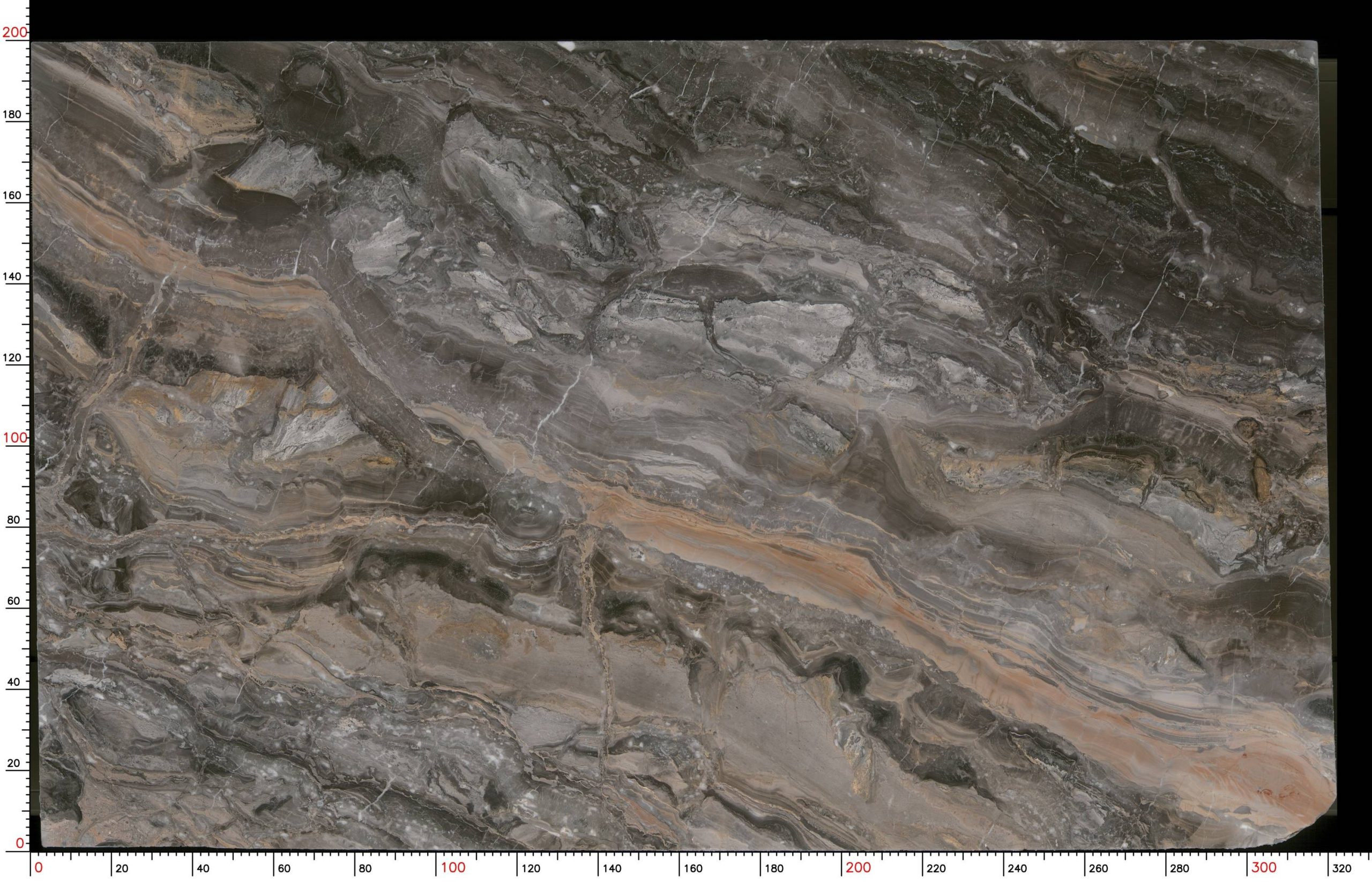Natural marble is a timeless choice for adding elegance to homes, but picking the right slab can feel overwhelming. One wrong move, and you might end up with stains, cracks, or a design that doesn’t vibe with your space. Let’s break down how to choose natural marble like a pro—without the stress.
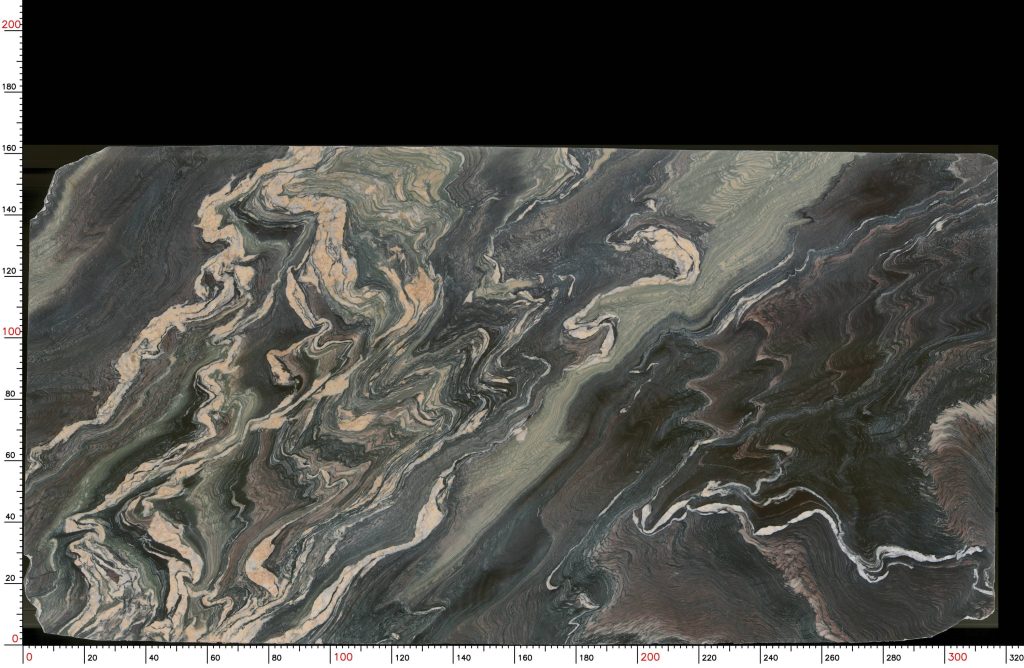
Kinawa Violet
Know Your Marble’s “Personality”
Not all marble is created equal! Some types (like Carrara or Calacatta) are softer and more porous, while others (like Statuario) are slightly denser. Check the absorption rate—if water sits on the surface for too long, it’s prone to staining. For high-traffic areas like kitchens, go for marble with lower porosity or plan to seal it regularly. Pro tip: Always ask for a sample to test how it reacts to spills like coffee or wine.
Marble Countertop Pros
Beauty – Marble has a classic, timeless beauty, with a white brightness not available in granite or soapstone.
Cool Temperature – Marble is wonderful for working with pastry, since it is naturally cool; it doesn’t heat very well.
Cost – While some rarer types of marble are very expensive, the more common Carrera marble is one of the least expensive natural countertops.
Widely available – Unlike some quartzes and the hard-to-find quartzite, marble is available from nearly any stone fabricator or stone yard.
Marble Countertop Cons
Scratching – Marble can scratch easily, especially when touched for a long period of time by something acidic. A slice of lemon laid down on a polished countertop overnight can leave a mark in the shape of the lemon slice, duller than the surface around it.
Staining – Marble can also stain; red wine and some fruits are infamous for leaving indelible stains on the marble. ( Note: good sealer = less staining; prompt cleanup= less staining )
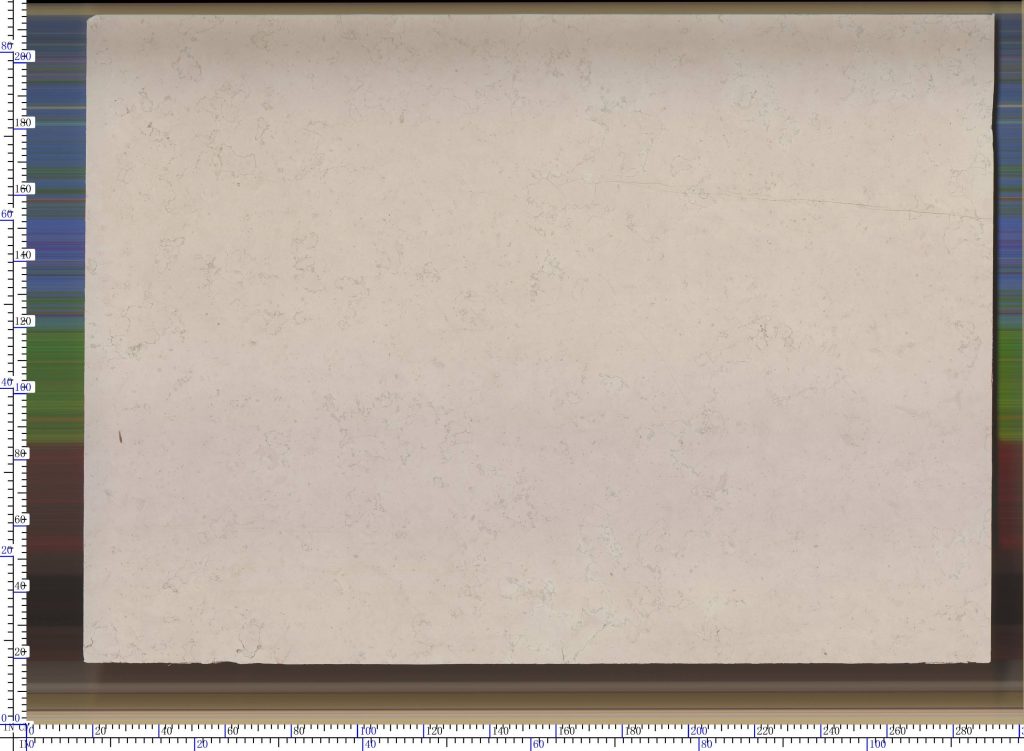
Champagne White
Match the Marble to Its “Job”
Where you’re using marble matters!
Kitchen countertops? Avoid super-soft marbles. Opt for thicker slabs (at least 1.25 inches) to handle daily wear.
Bathrooms? Lighter marbles can brighten the space but might need extra sealing against humidity.
Flooring? Go for durable, honed finishes (matte texture) to hide scratches better than glossy ones.
See the Slab in Real Life (No Filters!)
Marble’s veining and color can look totally different under showroom lights vs. your home’s lighting. Always inspect the actual slab you’re buying, not just a tiny sample. Natural marble is unique—what you see online might not match reality. Bring home a sample and check it at different times of day to avoid surprises.
Don’t Skip the “Boring Stuff”
Thickness: Thinner slabs may crack under pressure. For countertops or flooring, thicker = better durability.
Edge Profiles: Ask about edge options (e.g., beveled, bullnose) that suit your style and prevent chipping.
Maintenance: If you’re not into regular sealing, maybe marble isn’t for you—or choose a low-maintenance alternative for high-use areas.
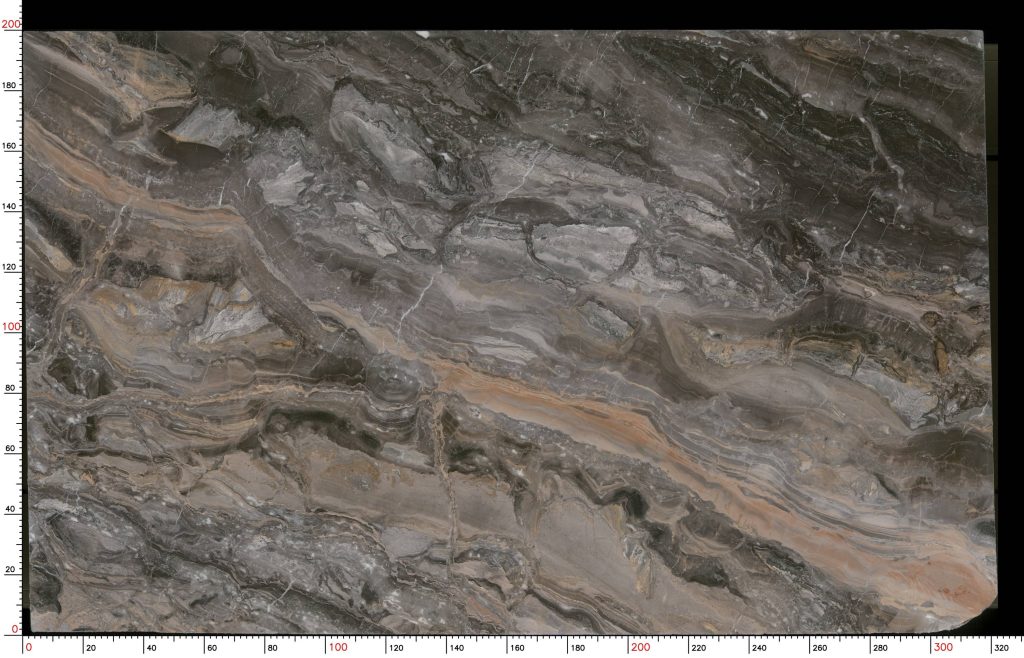
Venetian Brown Marble
Budget for the Long Game
Marble isn’t just a purchase—it’s an investment. Cheaper options might save money upfront but cost you in repairs or replacements later. Factor in sealing products, professional installation, and potential repairs. If your budget’s tight, use marble as an accent (like a backsplash) instead of covering large areas.
Embrace the Imperfections (But Set Boundaries)
Natural marble has veins, fissures, and color variations—that’s part of its charm! But if you’re aiming for a uniform look, clarify this upfront. Some marbles (like Emperador) have bold patterns that dominate a room, while others (like Thassos) are subtle. Decide what vibe you want and communicate it clearly.
Work with the Experts at Caron Stone
A trustworthy supplier will:
Explain the marble’s origin and quality grade.
Provide warranties or certifications.
Help you visualize how the slab will look in your space (some even offer 3D mockups!).
Don’t be shy to ask questions—good suppliers love sharing their marble wisdom!
Think Green
More buyers today want ethically sourced stone. Ask if the marble is quarried sustainably and whether the supplier follows eco-friendly practices.
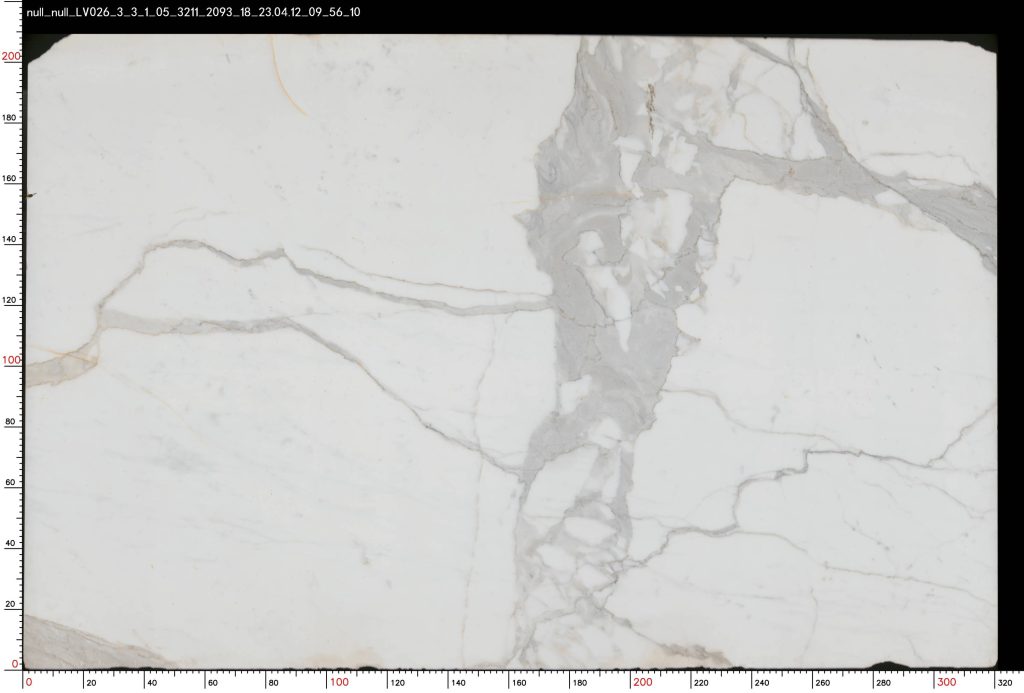
Statuario
Final Takeaway
Natural marble is a showstopper, but it demands a little homework. Focus on how you’ll use it, inspect slabs in person, and partner with someone who knows their stone. When done right, marble adds a luxurious, one-of-a-kind touch that lasts decades. Just remember: its flaws are what make it perfectly imperfect!





